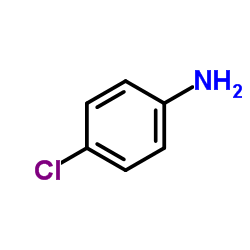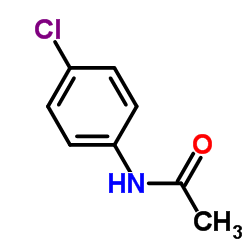| Structure | Name/CAS No. | Articles |
|---|---|---|
 |
4-Chloroaniline
CAS:106-47-8 |
|
 |
4-Chloroacetanilide
CAS:539-03-7 |